Polishing technology and principle of natural stone
Publish Date:2020-08-17
The beauty of decorative stone is mainly reflected in the gloss of the product in addition to the color of the product. Therefore, the polishing of the product is a very important and critical link. How to polish the product to achieve the best effect, first of all, we must understand the polishing material, method and principle.The polishing materials are mainly chromium oxide (Cr2O3), white corundum (M1.0), alumina (Al2O3), and oxalic acid (COOH2).
There are generally two types of polishing grindstones: resin polishing block; resin polishing disc.
Product polishing: Put the polishing grindstone on the processed product, and use the mechanical equipment to quickly run and "dry polishing, wet polishing" to achieve the polishing effect. The surface of the product will appear strong reflected light, which is usually Said gloss.
The principle of polishing is mainly reflected in two aspects: particle grinding; physical chemistry.
1. Particle grinding: When the abrasive particles change from rough grinding to fine grinding then polishing, the marks on the surface of the stone from rough to fine to no visible marks, the surface will appear smooth, flat and delicate. When it reaches 110 microns, the processed surface appears mirror-like luster, with brilliance and bright color.
Particle grinding consists of the following processes:
¢ÙCoarse grinding: The grinding tool is required to have a deep knife, high grinding efficiency, rough grinding lines, and rough surface. It mainly removes the saw blade marks left by the product in the previous process and the flatness of the product , The modeling surface is ground in place;
¢ÚSemi-fine grinding: remove the traces of rough to finer lines, and the processing surface is flat and smooth;
¢ÛFine grinding: The pattern, particles and color of the product after the fine grinding have been clearly displayed, the surface is fine and smooth, and there is a weak gloss;
¢İPolishing: The surface is bright as a mirror, with a certain degree of mirror gloss (above 85 degrees).
2. 2. Physical and chemical principles: There are two polishing processes, namely "dry polishing and wet polishing". The polishing grindstone has physical and chemical interaction with the stone product between "dry and wet".Dry polishing is when the surface temperature of the stone rises to evaporate the water, which causes the concentration of the polishing grindstone to increase, so as to achieve the strengthening effect. The gloss of the product begins to meet the ideal requirements, and the gloss is above 85 degrees or higher.
The polishing grindstone is polished on the processed product. After the polished product is hot, add water to the surface of the board to cool down. Continuous or large amounts of water are not allowed. Otherwise, the lubrication of water will make the polishing unable to reach For ideal results, dry polishing cannot be used at all. Excessive temperature will burn the surface and cause cracks on the surface.
Generally speaking, after the product is fine grinding, the gloss of the product is about 40~50, and some stones cannot reach the above gloss, such as Shanxi black, black gold sand, Jining black, etc., which only between 20 and 30 degrees, it is not enough to explain the principle of the previous particle grinding. This product is in the polishing "dry and wet", the temperature rises, and the temperature is reduced. The polishing process is strengthened and the physical and chemical reaction occurs. After the product undergoes "dry polishing and wet polishing", the gloss gradually increases, and the gloss reaches over 85 degrees.

Tags:


Polishing technology and principle of natural stone
2020-08-17
Natural stone needs to face the most basic technological processes such as cutting, grinding and polishing during the processing. Polishing is an important step in stone processing. We need to understand the polishing process and principles of stone processing, so as to facilitate us to master stone processing Basic knowledge also gives us a better understanding of the stone industry....
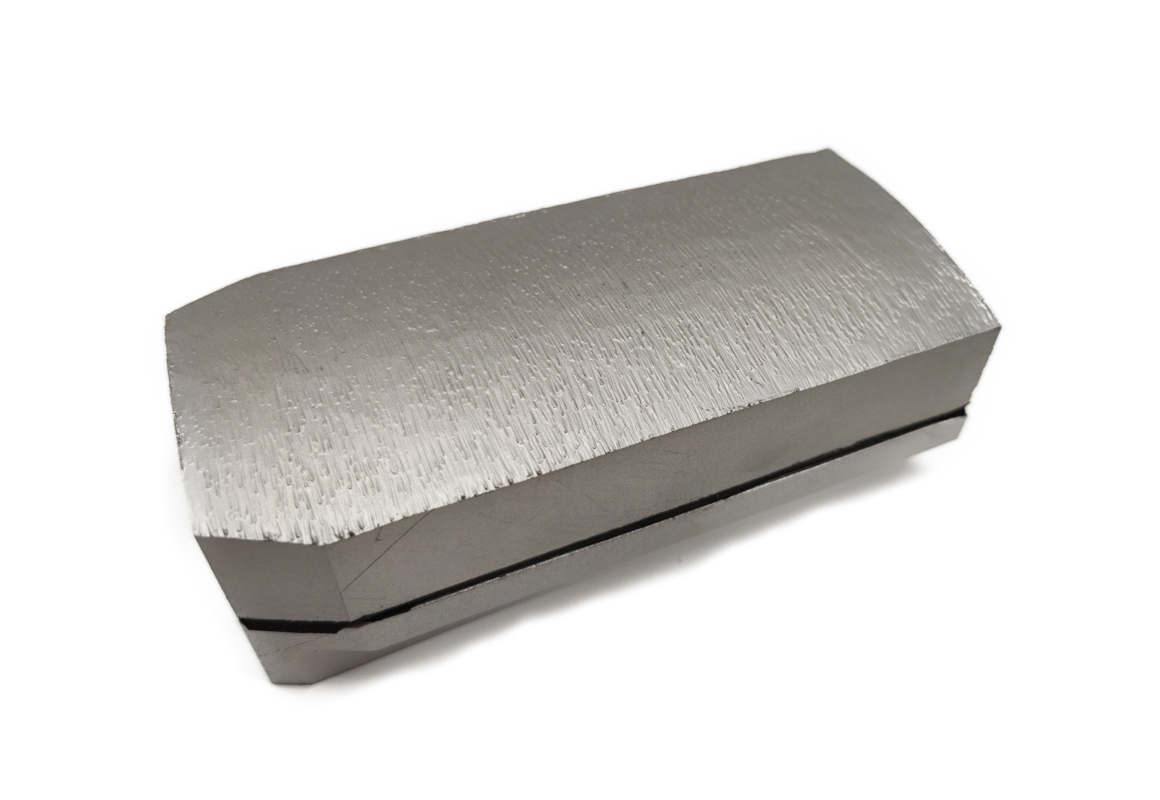
Diamond fickert length and style
2020-12-31
The shape of the diamond fickert has already been determined in terms of styling. The main difference lies in the change of its length and the style. Generally speaking, the commonly used lengths of the diamond fickert are 130mm, 135mm, 145mm, 170mm. On the one hand, abrasive agglomeration can be divided into two types: slotted and continuous. This article mainly introduces the influence of diamond fickert different lengths and different styles of on stone processing....
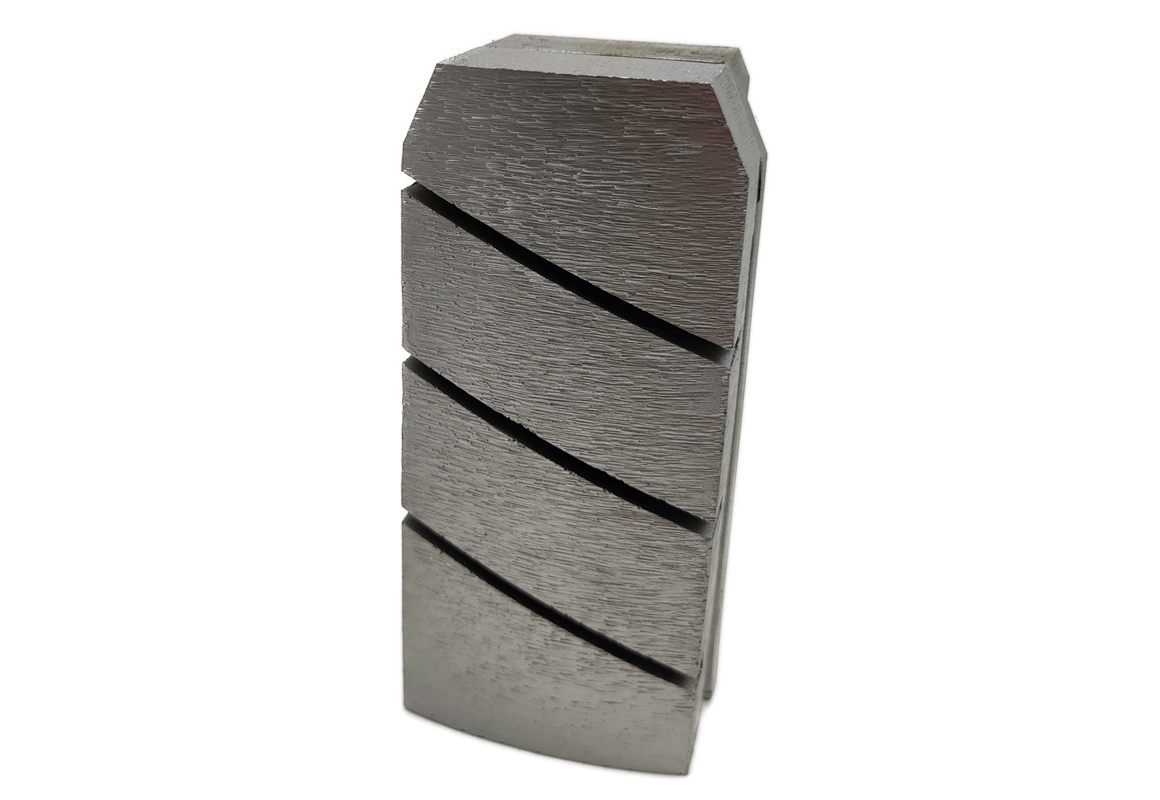
Granite Polishing Products-Metal bond diamond fickert afickertsive
2020-12-31
Diamond fickert is a product used in the automatic granite polishing line. It is mainly used in fickert-type polishing machine. The biggest feature of this machine is that there are 6-7 firkets installation grooves on the bottom of the polishing head. It is used for rough grinding of granite slabs, so it is placed at the front of the granite polishing line, and the front is connected with the califickertting afickertsives....
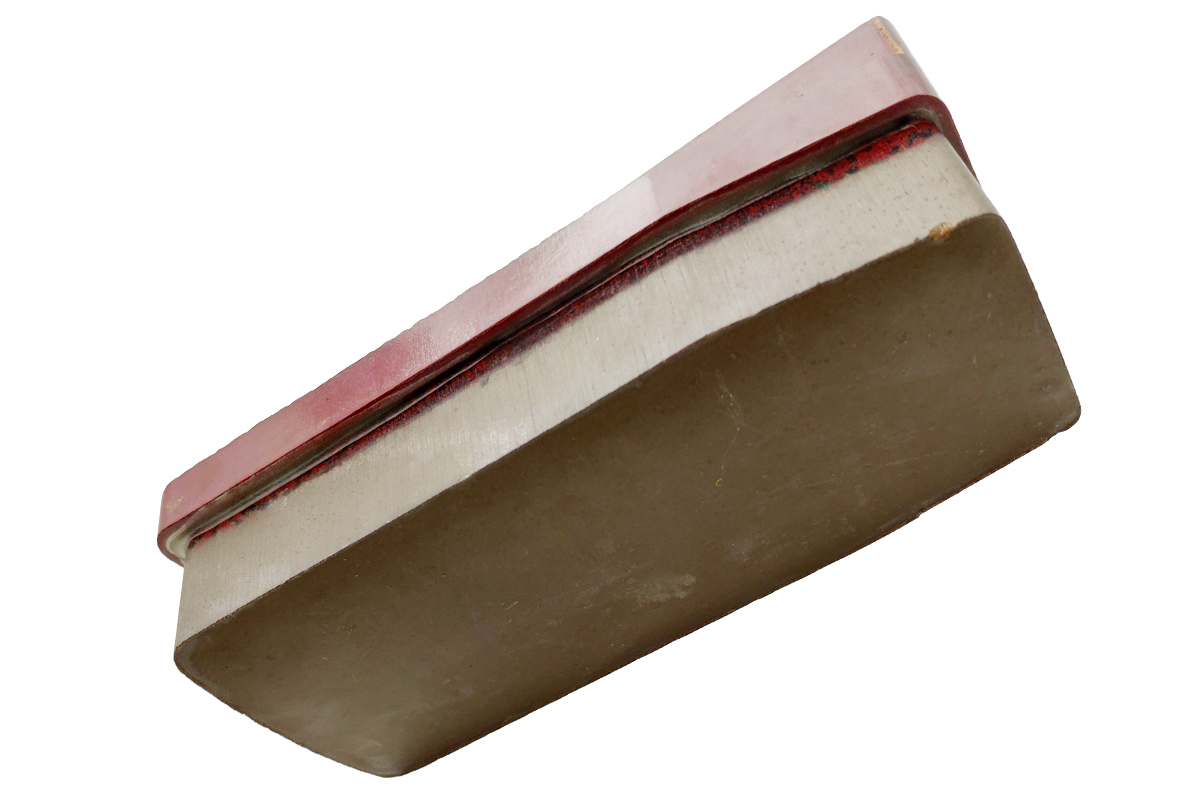
Resin bond diamond fickert
2020-12-31
Diamond is the main tool for grinding stone. After rough grinding the granite slab with metal bond diamond fickert, it is necessary to further process the stone that has completed the rough grinding process. At this time, the resin bond diamond fickert which made by diamond and resin bonded came into being. This kind of product performs finer grinding on the surface of granite slabs, also known as fine grinding. After fine grinding, the surface of the slab is basically flat and presents a matt surface....
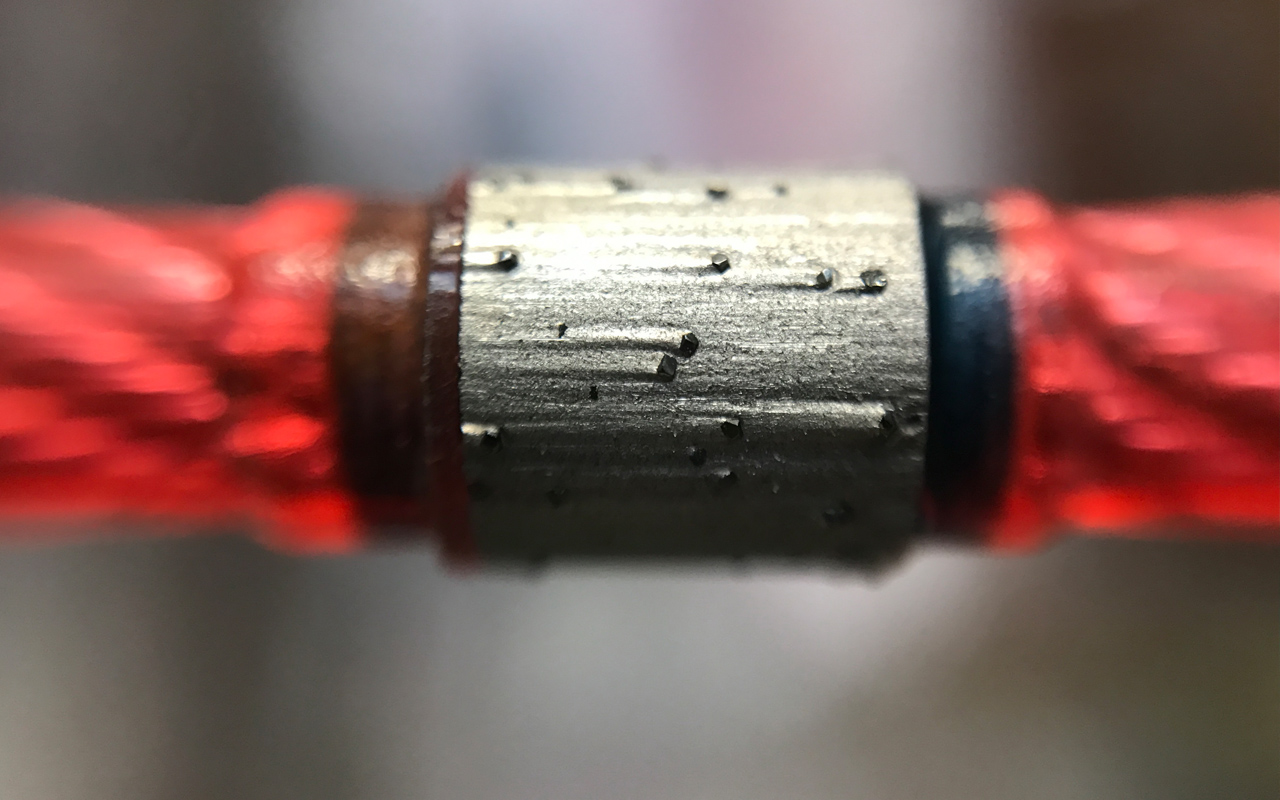
Introduction of diamond fickert
2020-10-16
Diamond fickert is a common abrasive used in stone polishing machinery. It is mainly composed of diamond segment and steel base. The steel base part is used to be fixed on the grinding head of the polishing machine. A grinding head can be inlaid with 6-7 pieces diamond fickert. During the operation, the diamond fickert polishes the slabs in all directions through the rotation of the grinding head on the polishing machine and the forward and backward movement of the grinding machine crossbeam....
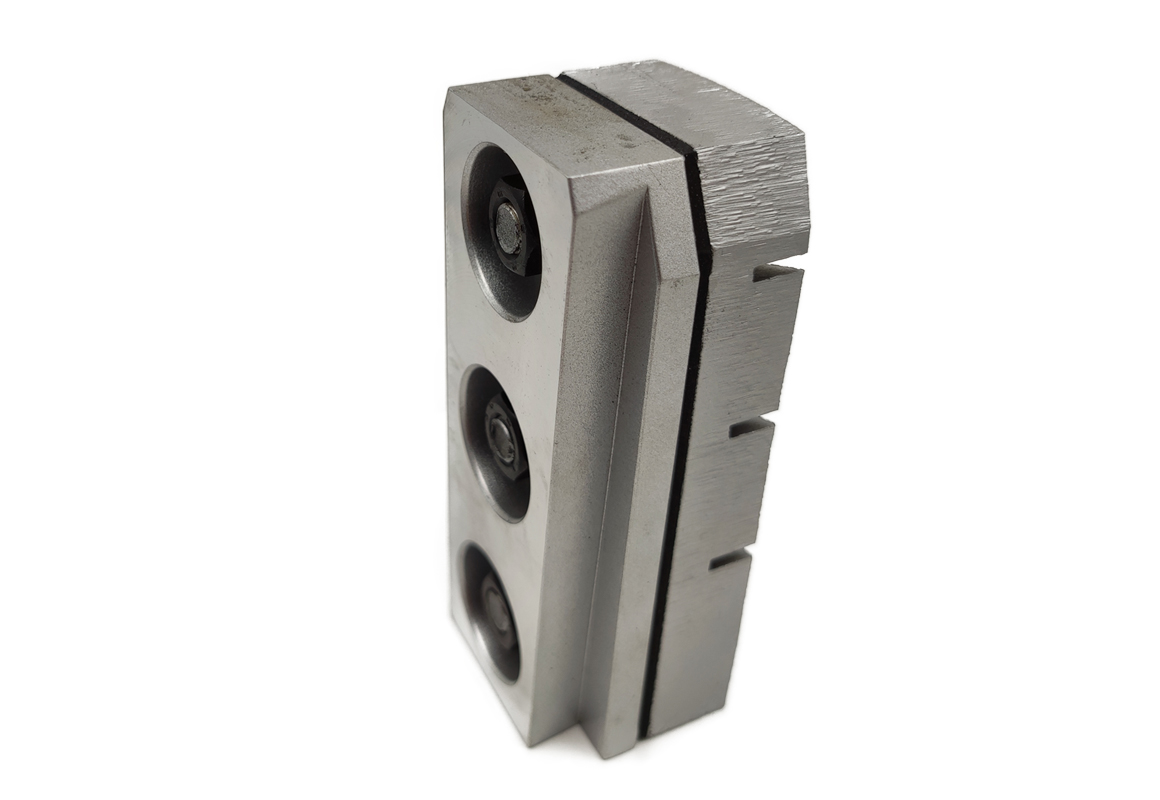
Diamond fickert production process
2020-12-31
Diamond fickert is composed of steel base and fickert abrasive block. In the process of producing diamond fickert, the steel base is basically purchased from alloy steel supplier. The steel body material requires high temperature resistance and must can be formed into a compact one-piece structure with the fickert abrasive block, and the other part is the fickert abrasive block, which is also the focus of this article....


 RETURN
RETURN

